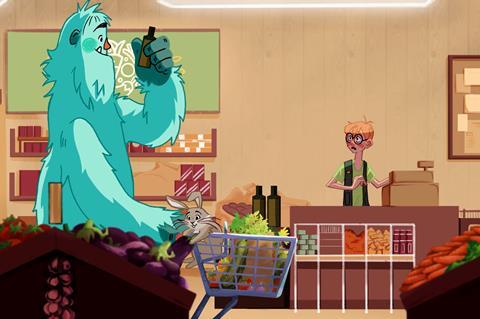
Sales growth of meat and dairy alternatives slowed in the first three weeks of the year, new research by AHDB has suggested, despite the success of Veganuary.
While retail volumes of meat-free products were up 15% compared to last year’s Veganuary [Kantar], the growth was from a low base and not enough to significantly impact meat-free’s market share, the levy board said.
Meat-free’s share of the meat, fish and poultry category remained at 2%, AHDB said, while the share of dairy alternatives remained at 6% of the wider dairy category.
Meat was bought weekly by 87% of British households during this period, while meat-free alternatives made it into 9% of homes, AHDB said, adding that sales of meat, fish and poultry also remained up on pre-pandemic levels.
This came despite Veganuary having the highest number of signups ever in 2022, with numbers reaching over 629,000 people from 228 countries and territories. The success of the campaign was attributed to an increase in accessibility of vegan alternatives with at least 682 new vegan products and menu items launched in January this year.
According to Veganuary many meat-free ranges saw a rise in sales, including those of sausage brand Richmond, which rose by 42%, and by Tesco’s Wicked Kitchen range, which grew by 127% in volume.
Natural ingredients, simple swaps and year-round habits: 10 charts explaining UK attitudes to Veganuary
“It’s not a surprise to see a rise in the amount of meat alternatives sold during January, but it’s important to remember that it’s from a small base, and while 9% of households buy meat-free weekly in January, that figure drops to around 6% for the remainder of the year,” said AHDB retail insight manager Grace Randall.
And with inflation impacting shoppers’ budgets, the growth of red meat and dairy alternatives was expected to decelerate over the coming months, AHDB suggested.
“Shoppers are less likely to risk trying new products when money is tight, favouring products that are familiar and cheaper. In 2021, the average retail price of cow’s milk was 61p per litre compared to alternative milks which, on average, were twice as expensive at £1.21 per litre,” said Randall.
She added that, “the majority of the British population continues to enjoy red meat and dairy products each month of the year. But it’s important that industry continues to remind shoppers of the role red meat and dairy can play in a healthy, balanced and sustainable diet.”



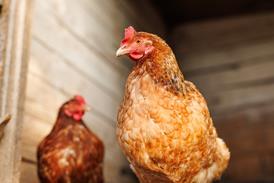




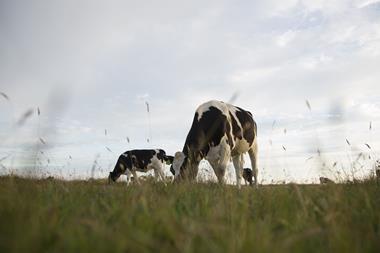
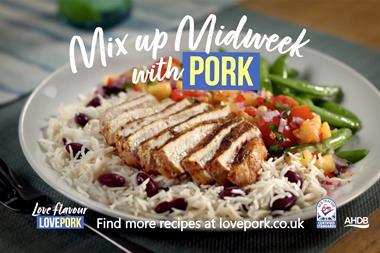
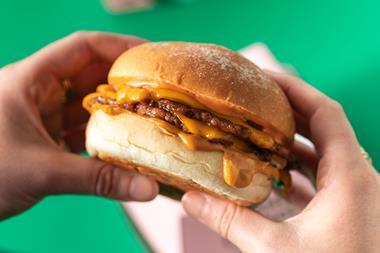
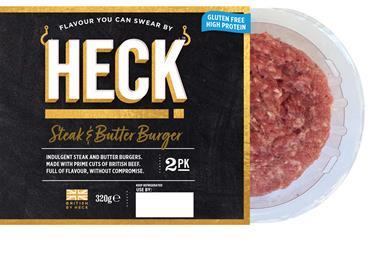
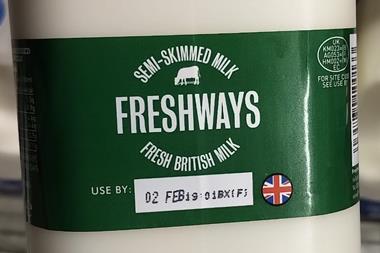
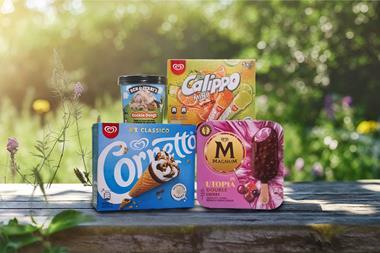
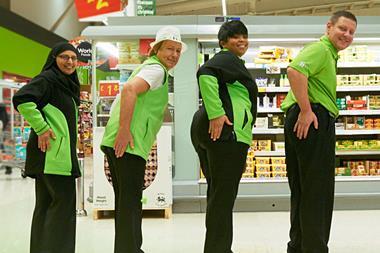


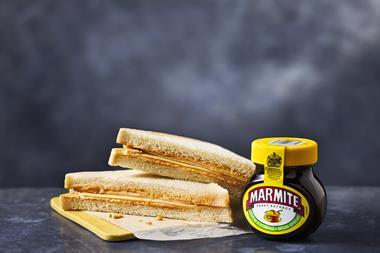

No comments yet